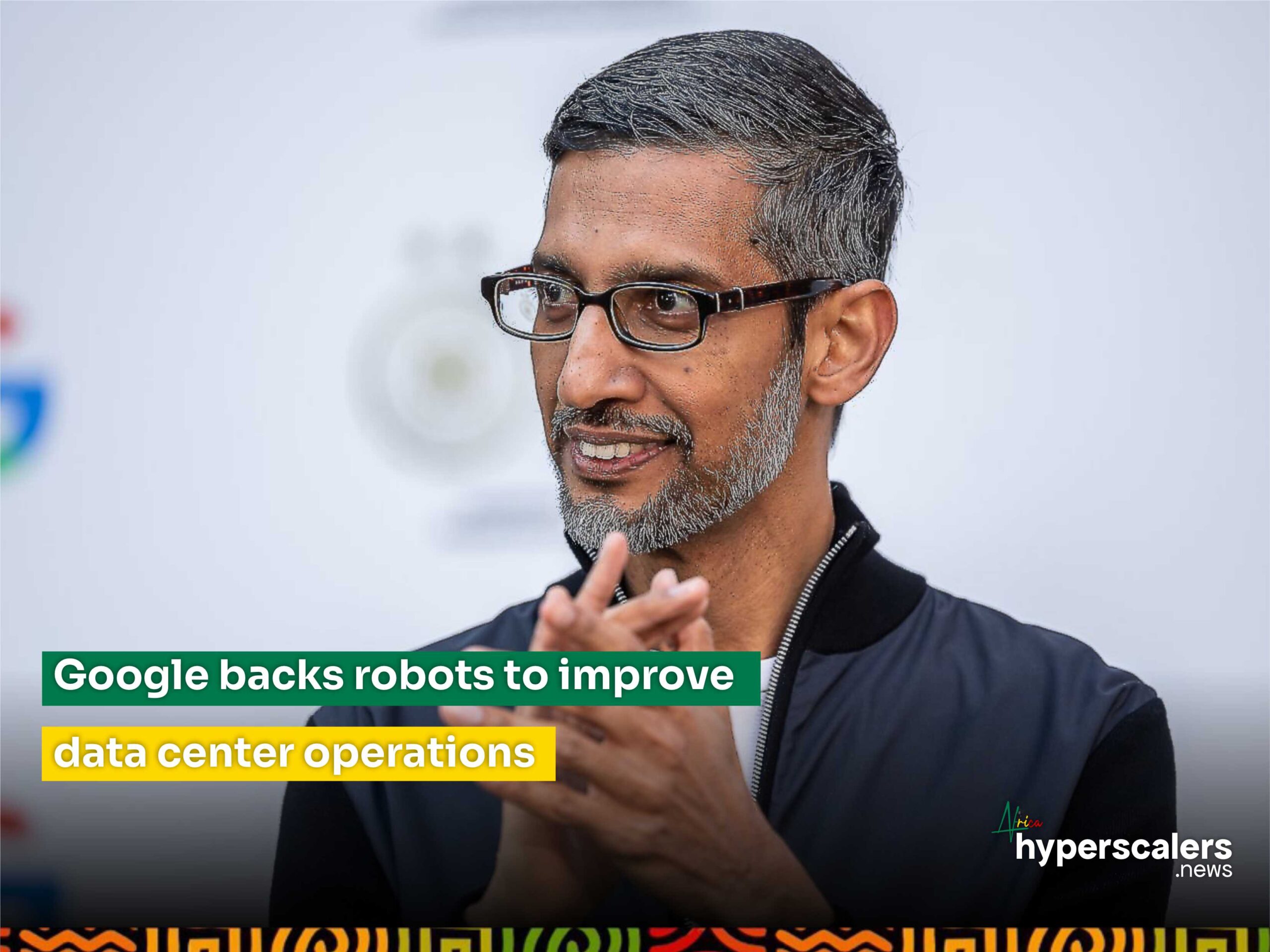Google is taking a big step toward automating its data centers by testing robots to manage hard drives and other critical equipment. This initiative was revealed by Partha Ranganathan, Google’s Vice President, during his keynote at the Open Compute Summit. As part of his presentation, he shared a video showcasing these robots in action at one of Google’s data centers.
“Robotics can be very profoundly transformative in how you think about data center operations scaling much, much more, while also having safety and reliability,” Ranganathan said. He explained that the robots could help with tasks like “material movement, rack movement, monitoring or repairing and servicing [equipment], to media management.”
Google is particularly interested in using robots to handle GPU racks, which are believed to be heavier than standard cloud racks. These robots could help make the management of these heavy GPU racks more efficient.
The idea of using robots in data centers isn’t new – many companies have been experimenting with automation. Microsoft created a dedicated team for data center automation and robotics in 2023, and several other companies, including Digital Edge, Digital Realty, Scala Data Centers, and Oracle, have all started testing robots for their operations. But Amazon, AWS parent company, has been experimenting with warehouse automation since 2012. The company’s move to introduce squat robots capable of lifting and carrying stocked shelves to human pickers, dramatically improving the efficiency of Amazon’s e-commerce operations. Since then, Amazon’s commitment to automation has grown exponentially. The company’s mobile robot fleet has expanded from approximately 10,000 units in 2013 to an impressive 750,000 by 2023.
As Google continues its exploration into robotics, the company is signaling a broader trend of automation in data centers, aiming for improved safety, reliability, and scalability in managing its increasingly complex infrastructure.





